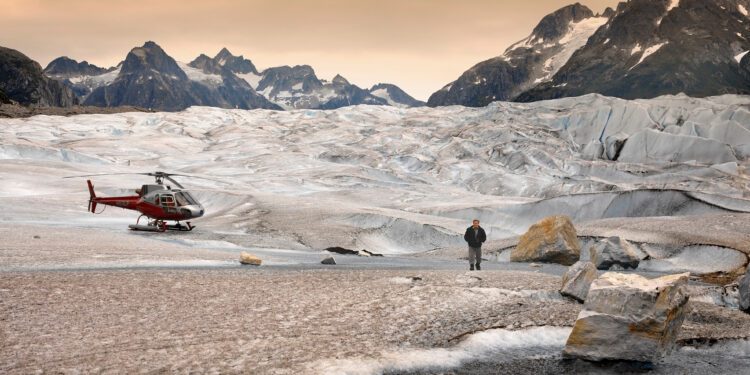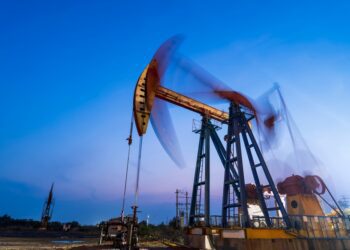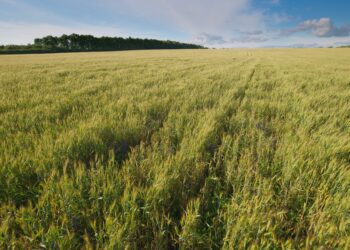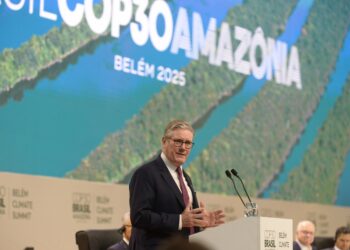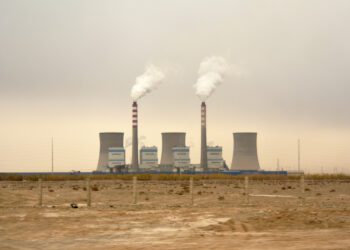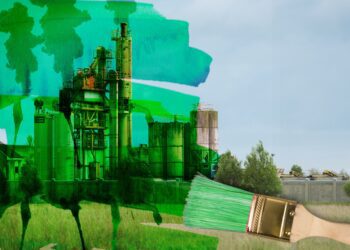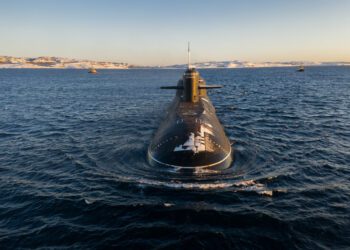A study published in Nature Communications reports that the Juneau Icefield is losing 50,000 gallons (190,000 liters) of water per second. The 3,900-square-kilometer icefield, which includes 1,000 glaciers along the U.S.-Canadian border, is shrinking 4.6 times faster than it was 30 years ago. Between 2010 and 2020, it lost 1.4 cubic miles (5.8 cubic kilometers) of ice annually, due to shorter winters and longer summers.
Bethan Davies, a glaciologist at Newcastle University, attributes the increased melting to climate change, with longer melt seasons resulting in more ice loss. Julienne Stroeve, an ice scientist at the University of Manitoba, emphasized the broader implications, warning that the Arctic could undergo transformations beyond contemporary recognition. This rapid melting is a concerning indicator of changes affecting all ice components, including permafrost and sea ice, which are crucial to local communities.
Christian Thorsberg from Smithsonian Magazine noted that research published in Science last year projects that even if global temperature rises are kept below the 1.5-degree Celsius threshold, about 104,000 glaciers, or half the world’s total, could disappear by the end of the century.

